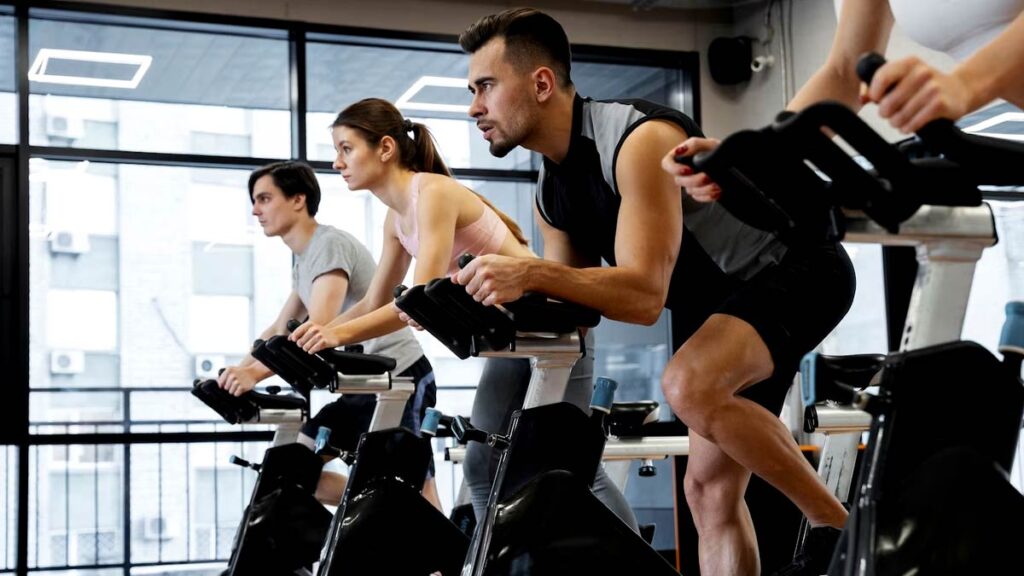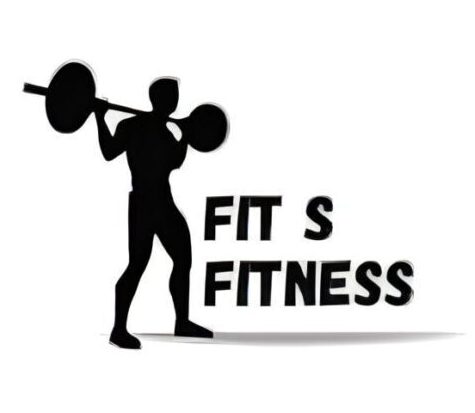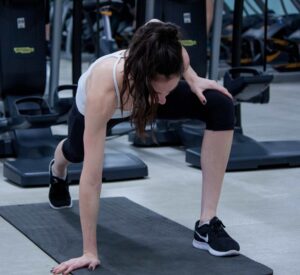Introduction
Staying active and maintaining a regular exercise routine is essential for overall health and well-being. However, high-impact exercises can put a strain on your joints, leading to discomfort and potential injuries. This is where low-impact workouts come in. In this article, we will explore the benefits of low-impact workouts and provide tips on how to incorporate them into your fitness routine. So, let’s dive in and discover how you can stay active while protecting your joints!
The Benefits of Low-Impact Workouts
Low-impact workouts offer numerous benefits for individuals of all fitness levels. Here are some advantages to incorporating low-impact exercises into your routine:
- Joint-Friendly: Low-impact exercises are gentle on your joints, making them suitable for individuals with arthritis, joint pain, or injuries. These workouts help reduce stress on your joints while still providing a challenging workout.
- Cardiovascular Health: Low-impact aerobic exercises, such as walking, swimming, or cycling, can improve cardiovascular fitness without putting excessive strain on your heart and joints.
- Muscle Strengthening: Low-impact workouts can help strengthen your muscles without overloading your joints. Exercises like Pilates, yoga, and resistance training can improve muscle tone and overall strength.
- Improved Flexibility and Balance: Many low-impact exercises focus on improving flexibility and balance, which are crucial for maintaining mobility and reducing the risk of falls or injuries.
- Weight Management: Low-impact workouts can contribute to weight management by burning calories and increasing your metabolism. Regular exercise is important for maintaining a healthy weight and lowering the risk of chronic diseases.

Types of Low-Impact Workouts
There are various types of low-impact workouts that you can incorporate into your fitness routine. Here are a few popular options:
- Walking: Walking is a simple, effective, low-impact exercise that can be done anywhere. Aim for at least 30 minutes of brisk walking every day to reap its cardiovascular and joint benefits.
- Swimming: Swimming is a fantastic low-impact workout that provides a full-body workout without putting stress on your joints. It is especially beneficial for individuals with joint pain or injuries.
- Cycling: Whether outdoors or on a stationary bike, cycling is a low-impact exercise that can improve cardiovascular fitness and leg strength.
- Yoga: Yoga combines gentle movements, stretches, and breathing exercises to improve flexibility, strength, and relaxation. It is an excellent option for individuals looking for low-impact workouts that also promote mindfulness.
- Pilates: Pilates focuses on core strength, flexibility, and body alignment. It involves controlled movements and is suitable for individuals of all fitness levels.
How to Get Started with Low-Impact Workouts
If you’re new to low-impact workouts, here are some tips to get you started:
- Consult with a Healthcare Professional: If you have any underlying health conditions or concerns, it’s essential to consult with a healthcare professional before starting any new exercise program.
- Start slowly by beginning with shorter workout sessions and gradually increasing the duration and intensity as your fitness level improves. Listen to your body and take rest days when needed. and intensity as your fitness level improves. Listen to your body and take rest days when needed.
- Warm-up and cool-down: Before each workout, warm up your muscles with gentle movements and stretches. After that, do some stretches to increase flexibility and avoid muscle soreness.
- Mix it Up: Incorporate a variety of low-impact exercises into your routine to keep it interesting and target different muscle groups. This can also help prevent overuse injuries.
Tips for a Safe and Effective Low-Impact Workout
Here are some additional tips to ensure a safe and effective low-impact workout:
- Use Proper Form: Pay attention to your technique during each exercise to avoid unnecessary strain on your joints. If you’re unsure, consider working with a qualified fitness professional.
- Modify Exercises: If a particular exercise feels too challenging or causes discomfort, don’t hesitate to modify it to suit your needs. There are often alternative movements that can be equally effective.
- Listen to your body and pay attention to any pain or discomfort during your workout. If you experience sharp or persistent pain, it’s important to stop and seek medical advice.
- Stay hydrated by drinking ample amounts of water before, during, and after exercising to keep your body hydrated and maintain peak performance.
The importance of listening to your body
When engaging in any form of exercise, it’s crucial to listen to your body’s signals. Low-impact workouts are generally safe and gentle on your joints, but it’s still important to be mindful of any discomfort or pain. If something doesn’t feel right, modify the exercise or consult a healthcare professional to ensure you’re performing the movements correctly.

Low-impact workouts for specific conditions
Low-impact workouts can be particularly beneficial for individuals with specific conditions or limitations. Here are a few examples:
- Arthritis: Low-impact exercises like swimming, water aerobics, and tai chi can help alleviate joint pain and stiffness associated with arthritis.
- Pregnancy: Low-impact exercises such as prenatal yoga, walking, and swimming can help pregnant women stay active without putting excessive strain on their bodies.
- Rehabilitation: Low-impact exercises are often recommended during the rehabilitation process after an injury or surgery. They can aid in strengthening muscles and improving mobility.
Incorporating low-impact workouts into your fitness routine
To incorporate low-impact workouts into your fitness routine, consider the following tips:
- Schedule Regular Sessions: Aim for at least 150 minutes of moderate-intensity aerobic activity or 75 minutes of vigorous-intensity aerobic activity each week. Break it down into manageable sessions over the week.
- Mix with Other Activities: Combine low-impact workouts with other forms of exercise, such as strength training or flexibility exercises, to create a well-rounded fitness routine.
- Find a supportive community. Join fitness classes or groups that focus on low-impact workouts. This can help to motivate, create accountability, and foster a sense of community.
Conclusion
Low-impact workouts offer a fantastic way to stay active and protect your joints. By incorporating low-impact exercises into your fitness routine, you can improve cardiovascular health, strengthen muscles, enhance flexibility and balance, and manage your weight effectively. Remember to start slowly, listen to your body, and consult with a healthcare professional if needed. With the right approach, you can enjoy the benefits of exercise while safeguarding your joints and overall well-being. So, lace up your sneakers, jump in the pool, or roll out your yoga mat—it’s time to embrace the world of low-impact workouts!




